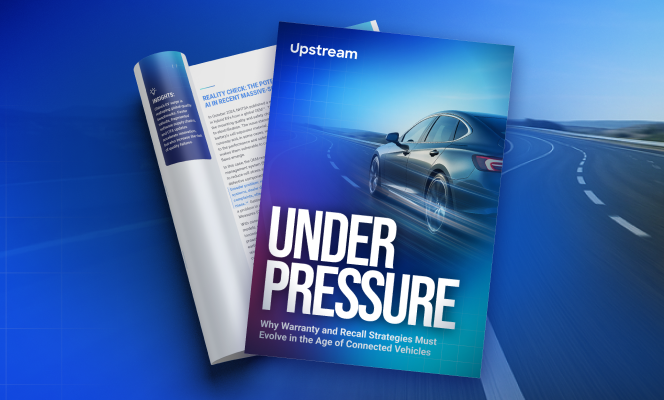

From Services to Software – What the Agentic AI Economy Means for Automotive Cybersecurity
We are at the dawn of a new era in software and service delivery – one where the traditional boundaries between human expertise and digital execution are dissolving. At the center of this transformation lies a paradigm known as service-as-a-software, powered by agentic AI: autonomous AI systems capable of executing tasks, making decisions, and adapting in real time with minimal human intervention.
Unlike Software-as-a-Service (SaaS), where humans still perform much of the work using cloud-based tools, service-as-a-software flips the model: the software is the service. Intelligent agents carry out repetitive, high-effort processes – like triaging cybersecurity incidents, parsing technical data, or monitoring complex environments – on their own.
This shift is not merely technological; it’s economic. According to Forbes, this new agentic AI economy could unlock up to $4.6 trillion in value across industries by eliminating inefficiencies and scaling expert-level work through intelligent automation.
For the automotive cybersecurity ecosystem – an industry grappling with rising costs, a growing attack surface, and expanding regulatory pressure – the implications are both urgent and profound.
The Agentic AI Shift: Beyond Automation
Traditional automation in cybersecurity has focused on making workflows faster. Agentic AI goes further – it allows AI agents to independently execute full processes, from analyzing data to taking prescriptive action. These agents don’t wait for instructions. They ingest data, reason through problems, and act—like autonomous interns with deep domain knowledge and tireless capacity.
This change couldn’t come at a better time for the mobility ecosystem.
Why It Matters for the Automotive Industry
The connected vehicle ecosystem is exploding in complexity. Vehicles today generate massive streams of data – from telematics, diagnostics, infotainment systems, and ADAS sensors. And yet, most OEMs and Tier-1s are only scratching the surface of what this data could unlock for cybersecurity and quality assurance.
At the same time, the global financial climate demands that organizations rethink labor utilization and cost strategies. Cybersecurity teams are under growing pressure to do more with less – to protect software-defined vehicles, comply with regulations like UNECE R155, and stay ahead of threats that evolve faster than any team can manually address.
Agentic AI offers a force multiplier for cybersecurity teams by operationalizing connected vehicle data in real time. It shifts the burden of repetitive, high-effort-yet-critical tasks away from overworked analysts and onto intelligent systems designed to process, prioritize, and act at machine scale.
From analyzing billions of events to identifying subtle anomalies or correlating threats across diverse vehicle models and geographies – this is the kind of augmentation our industry needs.
Rethinking Cybersecurity Operations
What we’re seeing is not just an evolution of tools, but a redefinition of how cybersecurity is done in a software-defined, AI-powered automotive landscape. This is no longer about scaling teams linearly. It’s about unlocking nonlinear efficiencies through AI agents purpose-built for the unique challenges of connected mobility.
In the next blog, I’ll share specific, real-world use cases where this shift is already making a tangible difference – from CVE triage and real-time detection to SOC automation and risk classification.
This is not a hypothetical future. It’s the new operating model for cybersecurity – and the automotive industry must lead, not follow.

